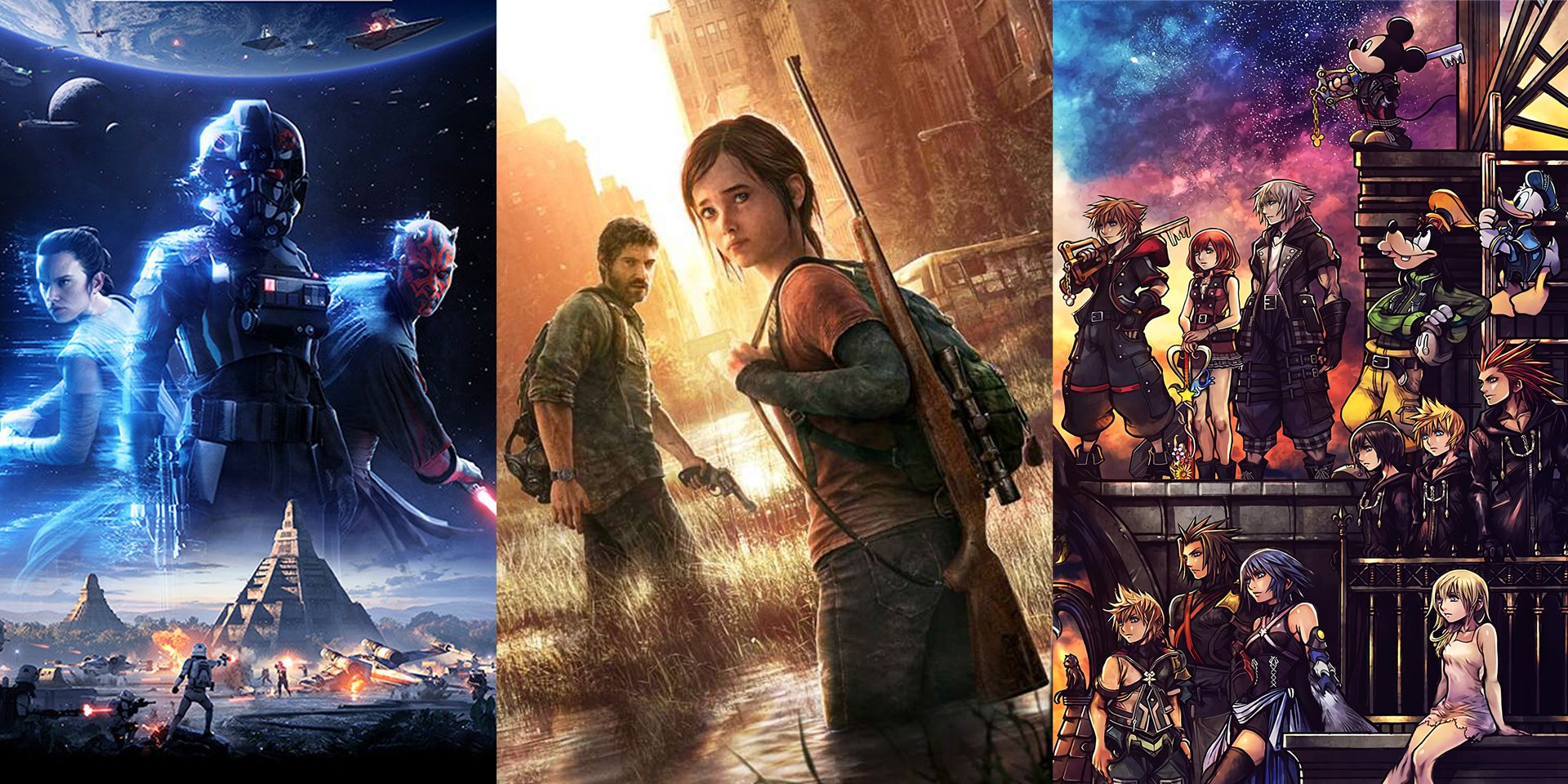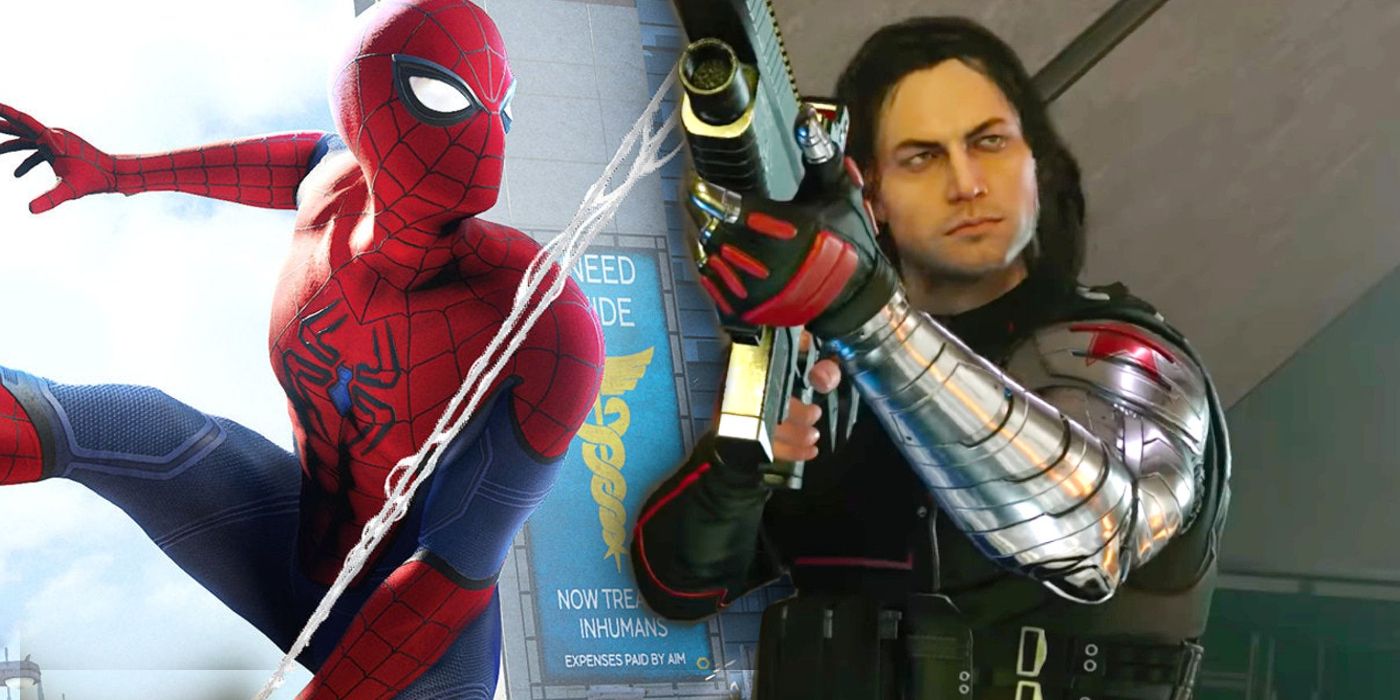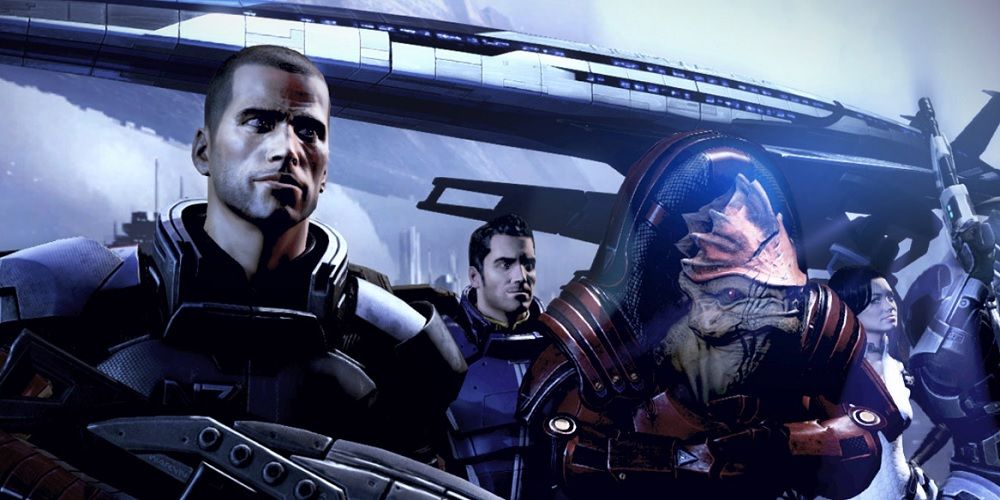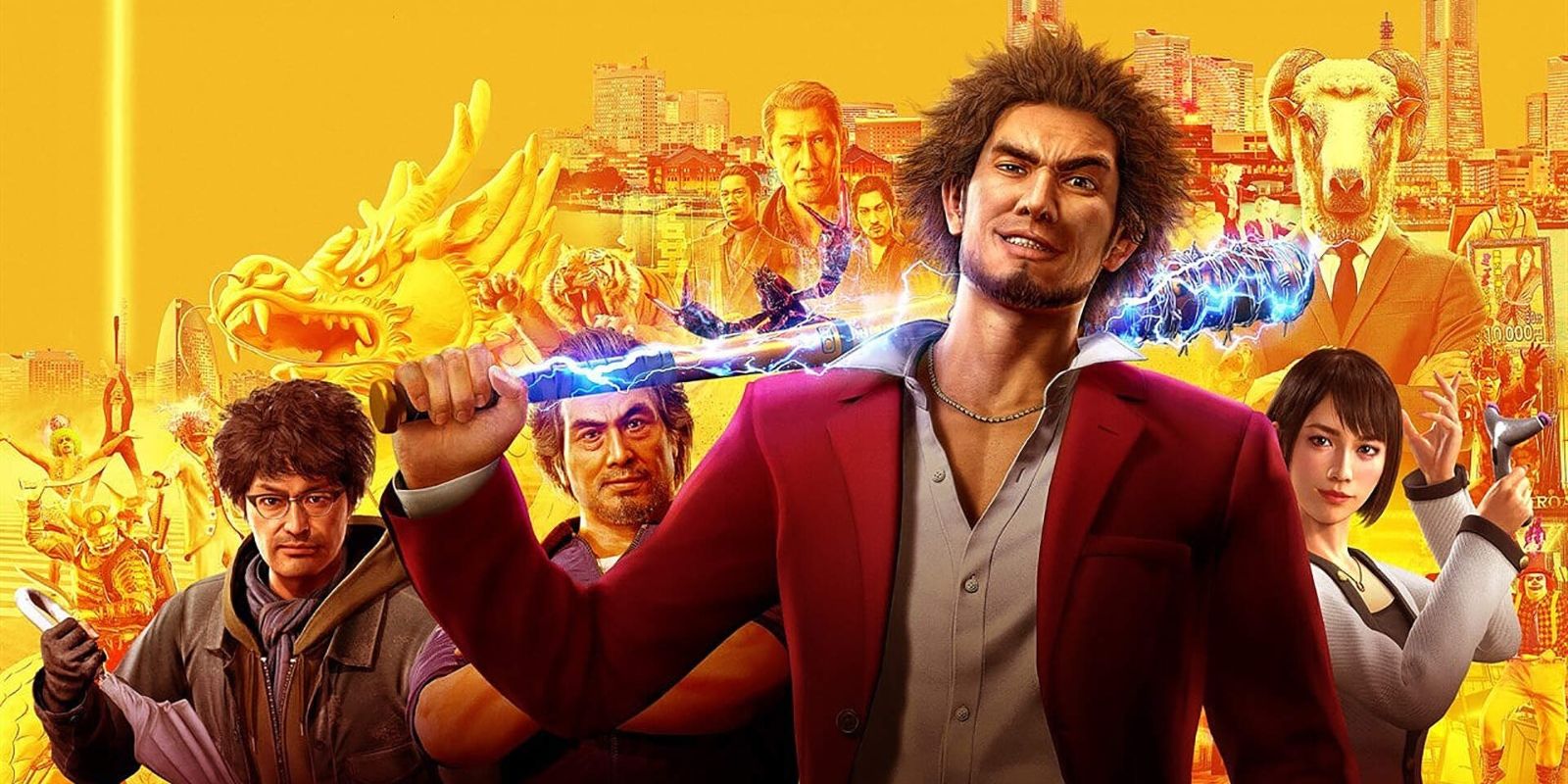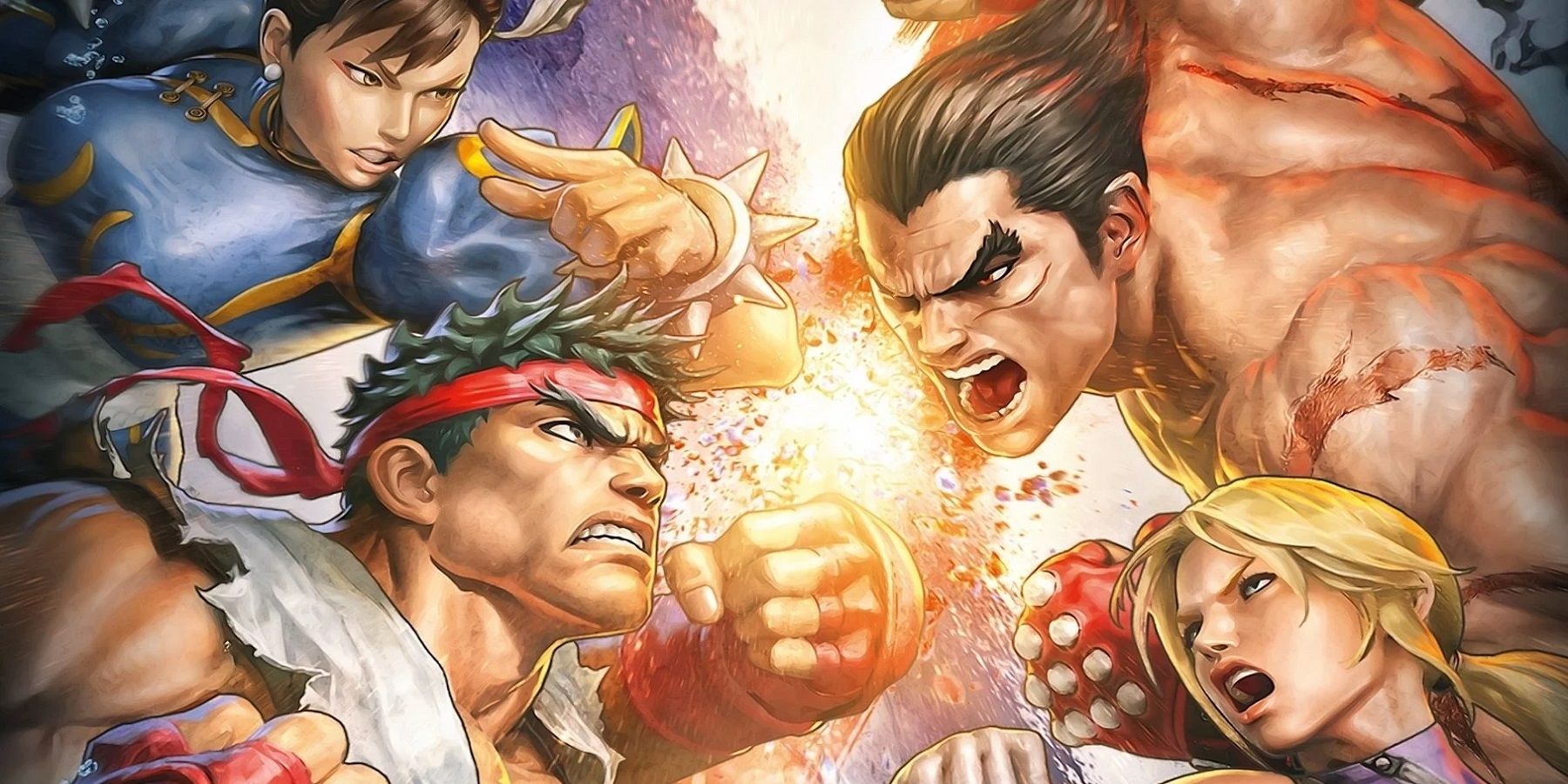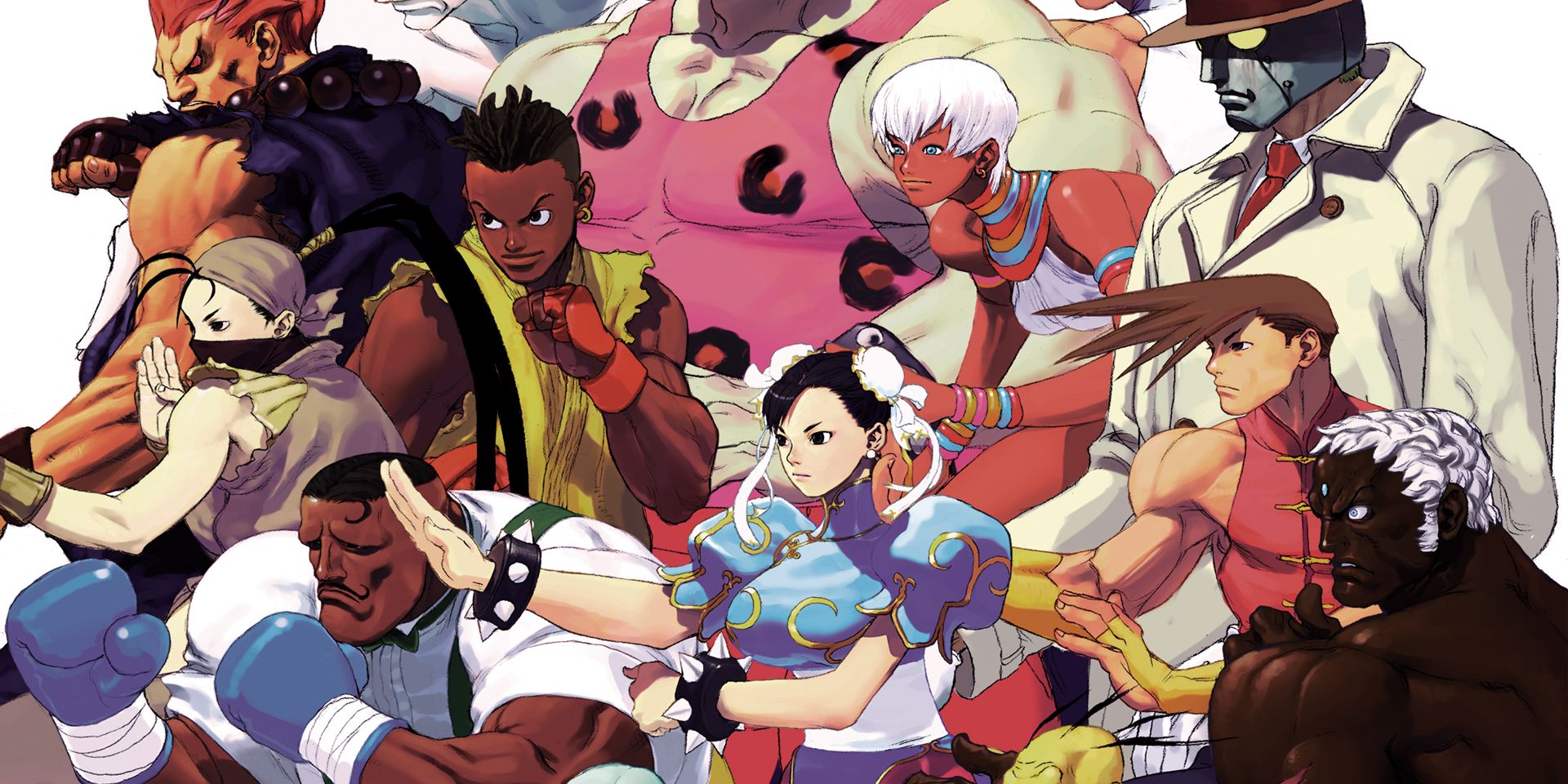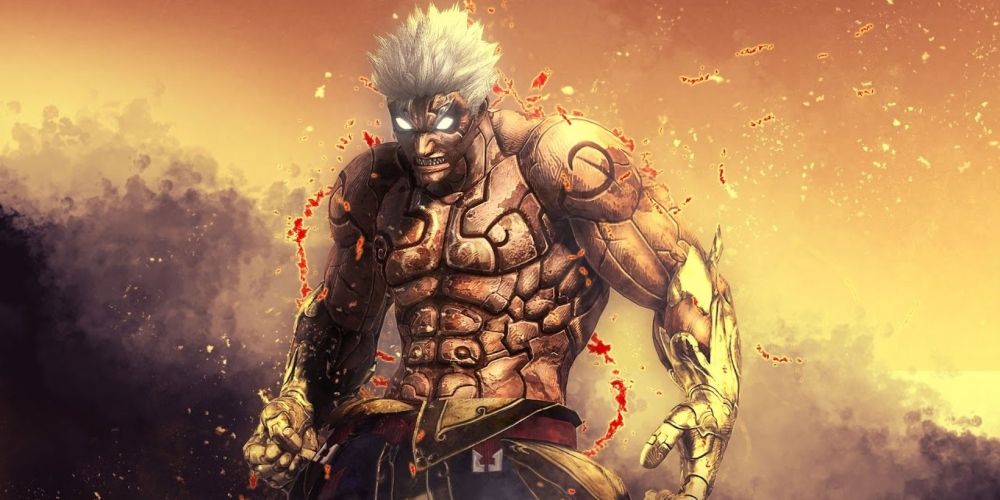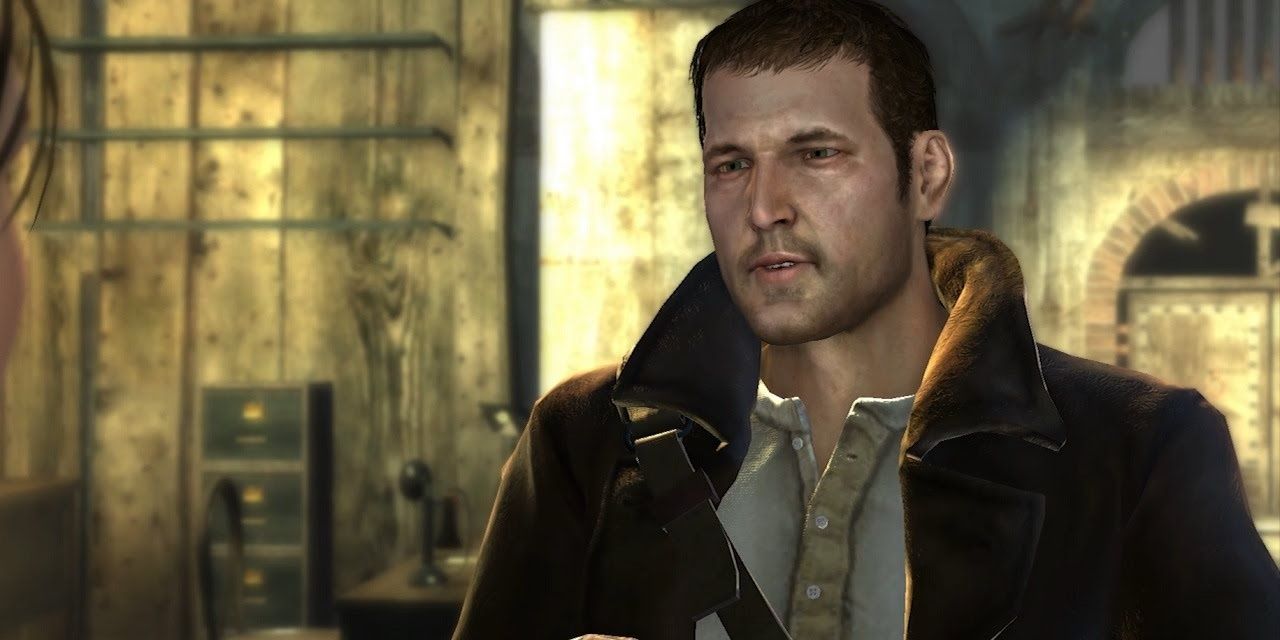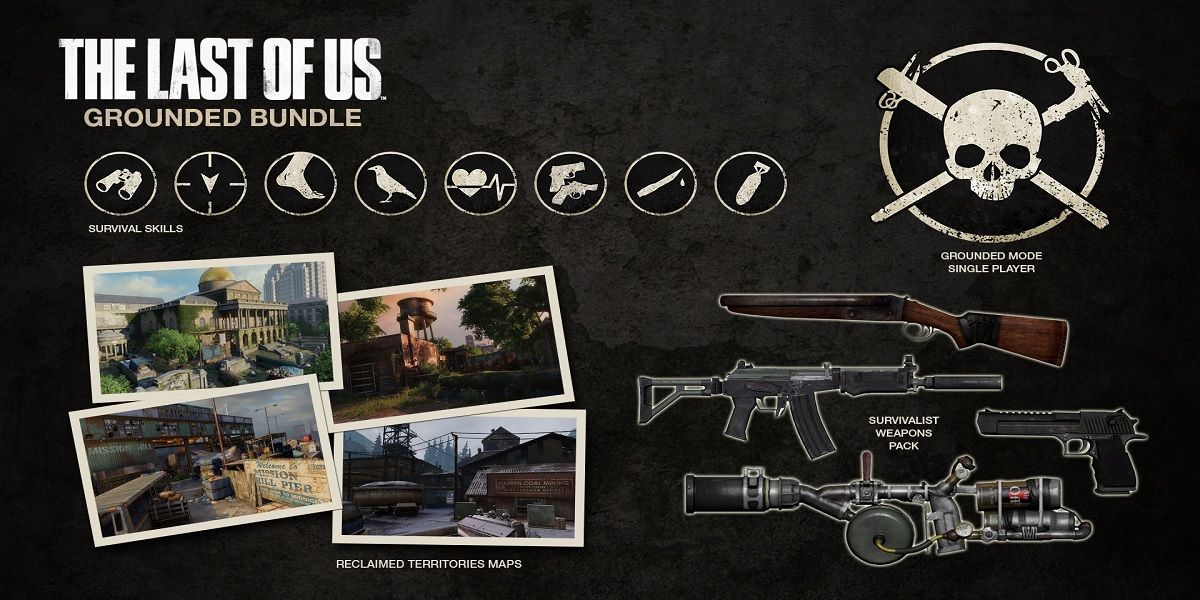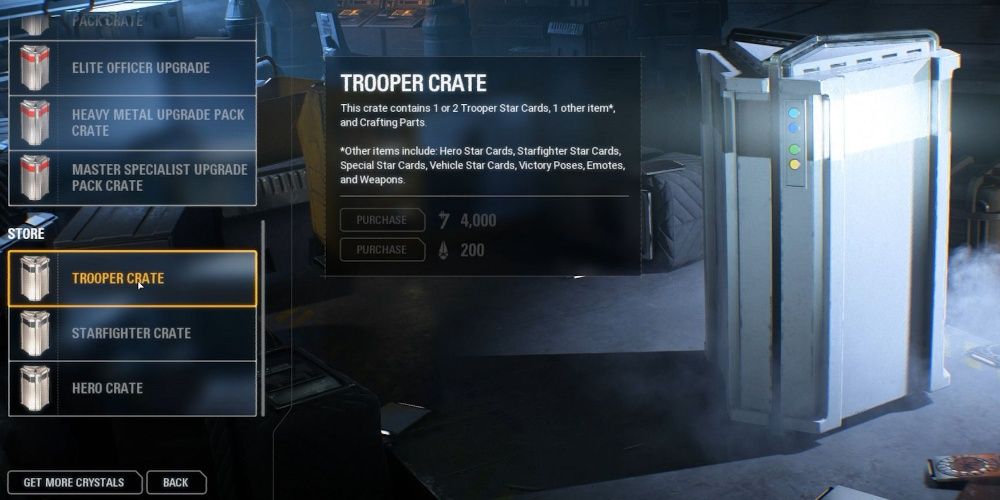Long before the days of online console gaming, it wasn't uncommon for developers to create additional content to extend the life of a quality title. These were commonly known as "expansion packs." However, when digital distribution reached consoles such as the PlayStation, it greatly changed how content could be purchased.
When they're done right, downloadable content can provide great supplemental material that incentivizes players to revisit an old favorite. Unfortunately, most publishers see them as little more than an opportunity to milk gullible fans out of their hard-earned cash. These DLCs fail to add value to the initial release or charge money for content that should have been there in the first place.
10 Games-As-Service Thwarts The Avengers
Square and Crystal Dynamics' Avengers underwhelmed both critically and commercially due to its incorporation of a games-as-service model. While the "reassemble campaign" might have tricked onlookers into thinking it was a narrative-focused third-person action title, it wasn't long before the facade was abandoned.
Fans and critics alike were dismayed by the amount of grinding they had to do and the game's repetitive open-world missions. Following the success of Insomniac's Spider-Man, players who purchased the PlayStation version were a little annoyed at having to purchase the Web-head through the game's DLC packs.
9 Mass Effect 3's DLC Charges Players For Their Ending
Electronic Arts has garnered infamy for their unscrupulous practices and disgraceful treatment of hollowed franchises, but the third outing of Bioware's sci-fi trilogy takes the cake. Mass Effect 3's ending was a point of contention among fans and critics. After an entire trilogy that pitted the Citadel Council against the Reapers, the ultimate conclusion made players' ethical choices entirely pointless.
This ire only grew larger with the announcement of DLC, which would provide more context to the ending. From Ashes is yet another example of publishers withholding crucial story content from players until they pay a fee.
8 Kingdom Hearts III Re:Mind Gives Fans A Sense Of 'Been There; Done That'
After over a decade, Square finally followed up on Kingdom Hearts II with an official numerical follow-up. Unfortunately, KI III didn't exactly prove to be as cherished as its PlayStation 2 forefathers, with much of the criticism being leveled at its narrative, repetitive sidequests, and questionable artistic choices.
Re:Mind wasn't the DLC to make a believer out of critics. Fans were dismayed to find out that most of the content in this DLC consisted of areas and enemies that were already in the vanilla release. The ability to play as other characters, such as Riku, doesn't really justify charging half-price.
7 Sega Shakes Down Players In Yakuza Like A Dragon
Yakuza 6 The Song of Life provided a definitive end to the story of Kazuma Kiryu, but Sega wasn't done with the franchise by a long shot. Like A Dragon shifts the focus from Kiryu to a new protagonist and replaces the beat 'em up combat with a turn-based system.
Ichiban Kasuga proves to be an endearing lead, and the changes in setting and mechanics manage to breathe new life into the series. Unfortunately, Sega had the "brilliant" idea to charge players to be able to play the main story on new game plus. Can't fault their commitment to the subject matter, at least.
6 Gems Failed To Recuperate Street Fighter X Tekken's Costs
Capcom spent an exorbitant amount of funds on the game's marketing, commissioning outside talent such as Polygon Pictures to create full CG trailers which utilized licensed music. That's not even considering the fees required to bring Namco's characters to the fray.
A former Capcom USA employee claimed that these expenditures left the team with little funds to develop the actual game. Their solution? The gems system. Gems allowed players to customize their fighting style, with gem packs being available for purchase through Gamestop and digital outlets. Needless to say, this system and the on-disc DLC were maligned by both fans and critics.
5 Street Fighter III: 3rd Strike's DLC Lets Players Do Some Coloring
The third numerical title in the long-running Street Fighter series originally didn't get the acclaim it so richly deserved. The game came out at a time when arcades and 2D sprites were going out of style. Fortunately, Street Fighter III: 3rd Strike got a second life through several re-releases.
Iron Galaxy Studios did a phenomenal job bringing this overlooked gem to HD consoles, offering tons of graphical options, new gameplay modes such as trials, and even online play. On the other side, the game also incorporated one of the absolute dumbest DLCs ever: the ability to change the color of the fighters' costumes.
4 Asura's Wrath Adds New Meaning To The Term 'Arc Filler'
Asura's Wrath was an action-adventure title that blended elements of third-person melee combat, rail shooting, and a hefty dose of quicktime events. While the game was well-received, it didn't really translate to sales. It probably didn't help that the game's true conclusion had to be purchased.
Capcom has had a history of maligned DLCs, but it's hard to top-charging players for the actual ending of a game. Such a practice would be unthinkable in any other medium, especially the shonen anime that the game lovingly evokes.
3 The Saboteur Provided A Peep Show To Those Who Purchased A New Copy
The final title to be developed by Pandemic Studios, The Saboteur, put players in control of Sean Devlin as he infiltrated the Nazi-occupied areas of Paris to weaken the forces of the Third Reich. Areas where the Nazis retrained control utilized a black-and-white filter to symbolize their oppression.
In what seemed to be a desperate attempt to drive up sales revenue, a patch known as "The Midnight Show" added brothels filled with topless women free for those who had purchased a new copy of the game. Those who bought it second-hand or rented it would have to pay a cover charge of three bucks.
2 Players Had To Pay For The Last Of Us' Hard Mode
Players who really love a game will likely want to experience it again with additional challenges. Because of this, it's not uncommon for titles to contain a special mode that ramps up the difficulty and truly tests players' mastery of the core mechanics. Usually, side content like this is available free of charge at the start, or after completing the main campaign.
However, The Last of Us had the gall to charge players actual money to unlock its Grounded difficulty. It's lamentable that a mode meant to deliver the ultimate survival experience had to be unlocked with a credit card rather than skill.
1 Star Wars Battlefront II Prompted Senatorial Intervention
Star Wars Battlefront II was a game so atrocious that its publisher literally had to be brought to justice. The loot crates sparked a fervent discussion from critics and journalists on the ethics of microtransactions in a game based on a property aimed at minors. Actual lawmakers had to intervene to determine whether this feature should be regarded as gambling.
Regardless of where players stand on the debate, charging actual money for the chance to unlock a favorite character is a significant step down from prior installments. What makes it worse is that there's no guarantee that players will get what they want.

